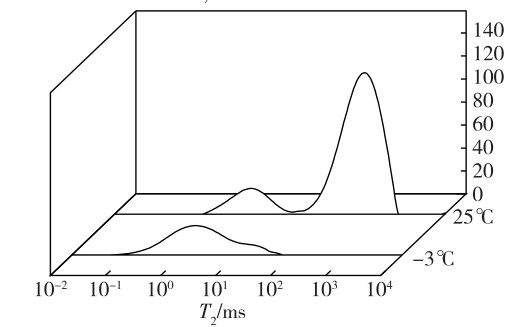Resonancia magnética nuclear de bajo campo (RMN) La tecnología se ha convertido en un método cada vez más popular para determinar el punto de saturación de la fibra. (FSP) en materiales de bambú. El FSP es un parámetro crítico que indica el contenido de humedad al que las paredes celulares están saturadas de agua., mientras que los lúmenes de las células están vacíos de agua libre. This parameter is vital for understanding the physical and mechanical properties of bamboo, which can greatly influence its processing and utilization in various industries.

The application of low-field NMR in assessing the FSP of bamboo offers several advantages. It is a non-destructive technique that allows for the precise measurement of moisture content within the bamboo’s cellular structure. By analyzing the NMR signals, researchers can determine the point at which the bamboo’s cell walls reach saturation, providing valuable data for material selection and processing in the bamboo industry.
Resonancia magnética nuclear de bajo campo (RMN-LF) tecnología, under room temperature and -3℃ conditions, measures the T2 relaxation time of wood moisture. Due to the different freezing points of bound water and free water in the cell cavities, it can describe the motion of water molecules and their states of existence. Actualmente, LF-NMR technology is gradually being applied in the field of wood, mostly used for studying the T2 changes of wood adsorbing water, the distribution rules of moisture T2 in wood, and the relationship between wood moisture content and nuclear magnetic resonance FID signal . Since bamboo and wood belong to the same category of lignocellulosic materials, NMR technology can be introduced to the determination of the fiber saturation point of bamboo.

The implications of these findings are significant for the bamboo industry. Knowing the FSP and how it changes with age can help in optimizing the harvesting time of bamboo, ensuring that the material is used at its optimal moisture content for specific applications. This can lead to improved product quality, reduced processing costs, and better utilization of bamboo resources.
En conclusión, low-field NMR technology provides a reliable and efficient means of determining the FSP in bamboo, which is essential for its industrial applications. The understanding gained from these studies can contribute to the sustainable management and utilization of bamboo resources.
 mohoso
mohoso